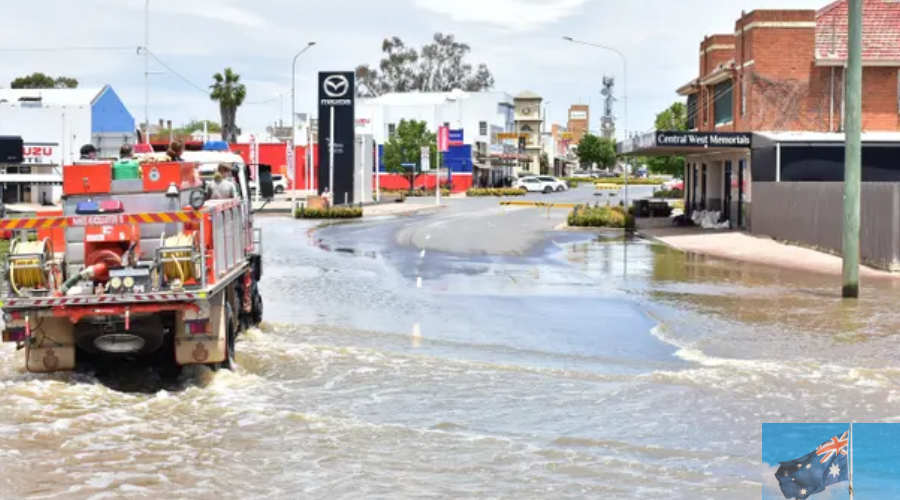Climate change has increased the danger, leading the New South Wales (NSW) government to declare a national disaster due to the devastating floods and heavy rains that have hit regions such as Illawarra and western Sydney.
The Climate Council has stated that these tragedies show how the globe is getting hotter and highlight the need for stronger measures to curb emissions that cause global warming.
As a result of our actions, the climate in New South Wales is becoming more unpredictable and hazardous; therefore, this is hardly surprising. Extreme rainfall is something that climate scientists have known about for a long time: increased rainfall is a direct result of burning fossil fuels. Australians are now experiencing this terrible truth, according to Dr. Simon Bradshaw, head of research at the Climate Council.
Climate change’s effects on local populations
Climate change is making extreme weather events more frequent and worse, as Bradshaw noted. This has an impact on communities and, by extension, the insurance sector.
Climate change is making extreme weather events more often and more destructive, he warned, adding that people are unprepared and at risk. Floods, fires, and other disasters are becoming more common, and communities are having less time to recover between each one. Areas hit hardest are experiencing emotional and financial strain. Intense rainfall and flooding, like all climate-related calamities, wreak havoc on communities, businesses, and the economy.
Some 33% of Australians are worried about having to leave their homes permanently because of climate change, according to a new survey from the Climate Council. It is important to note that these conditions have already forced around 10% of Australians to leave their homes, either temporarily or permanently. This highlights the direct and genuine impact that climatic phenomena have on people’s lives.
Climate change poses a significant threat to the insurance industry
Last month, Aon published an analysis examining the effects of climate change on Australia. It painted a bleak picture of the monetary cost of extreme weather events, with AU$1.98 billion in losses caused by these unforeseen occurrences.
According to James Knight, a senior analyst and head of catastrophe research and advisory (ANZ) at Aon, insurance and disaster strategies can help alleviate the financial burden that comes with extreme weather disasters.
“Regional protection gaps across Asia and Australia’s high exposure to extreme weather events highlight the need for disaster preparedness and insurance to lessen the financial impact of these disasters,” he stated. It is necessary to take a more strategic approach to building resilience and reducing risk.







